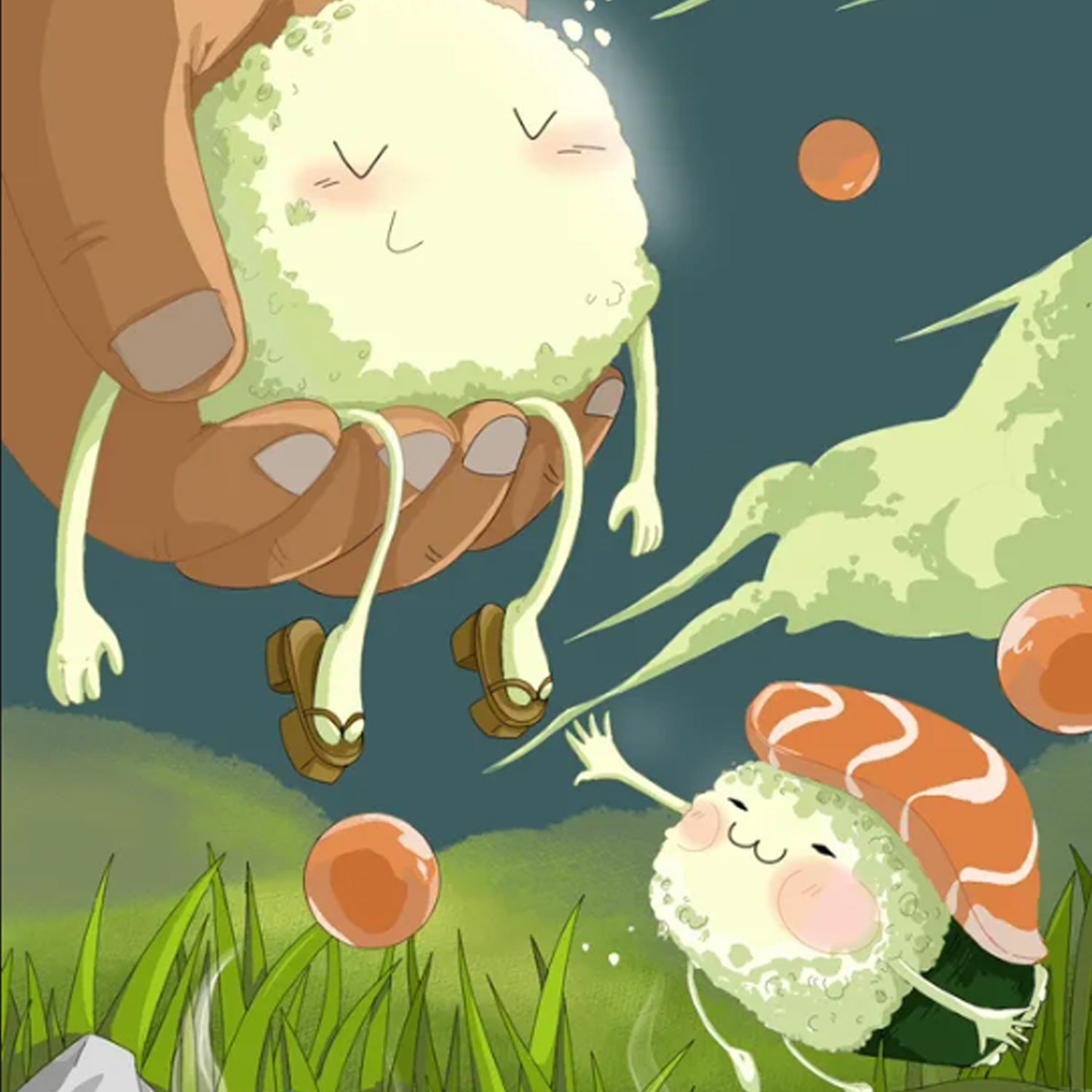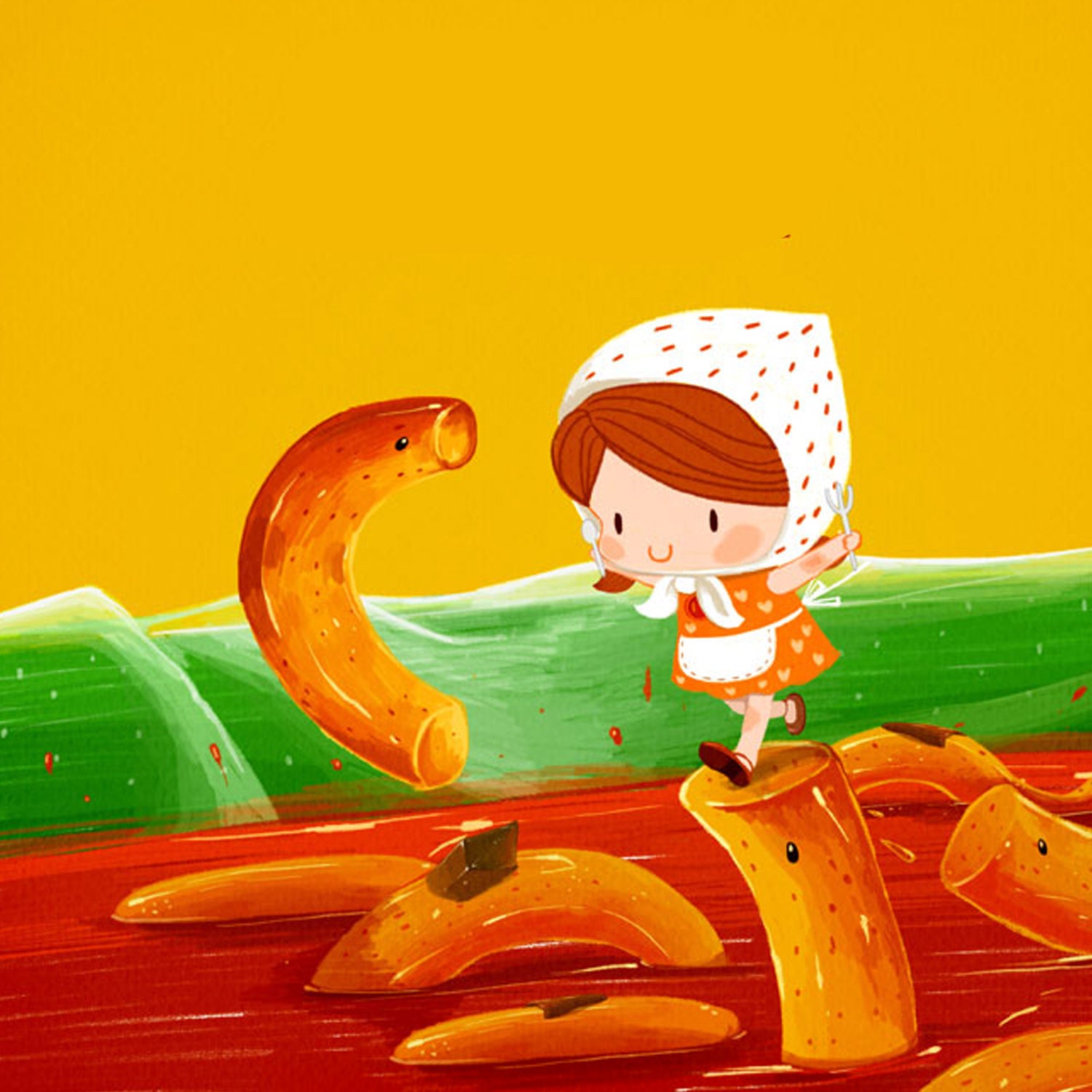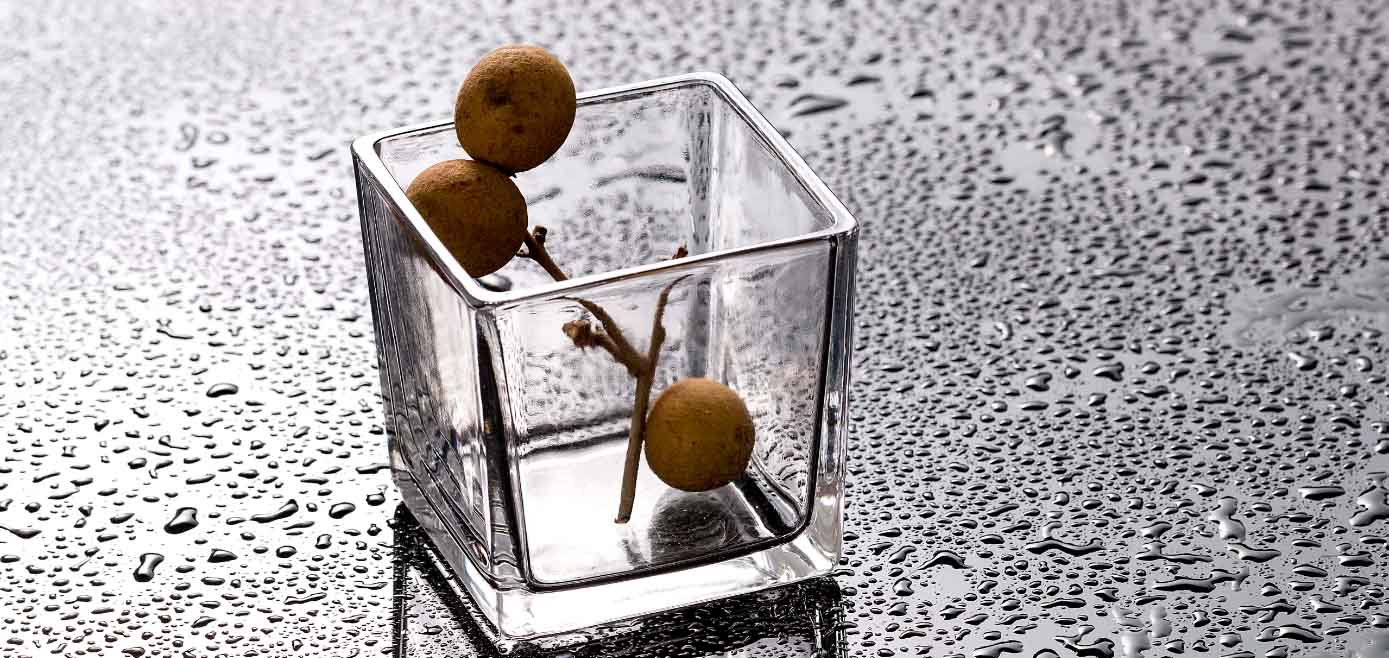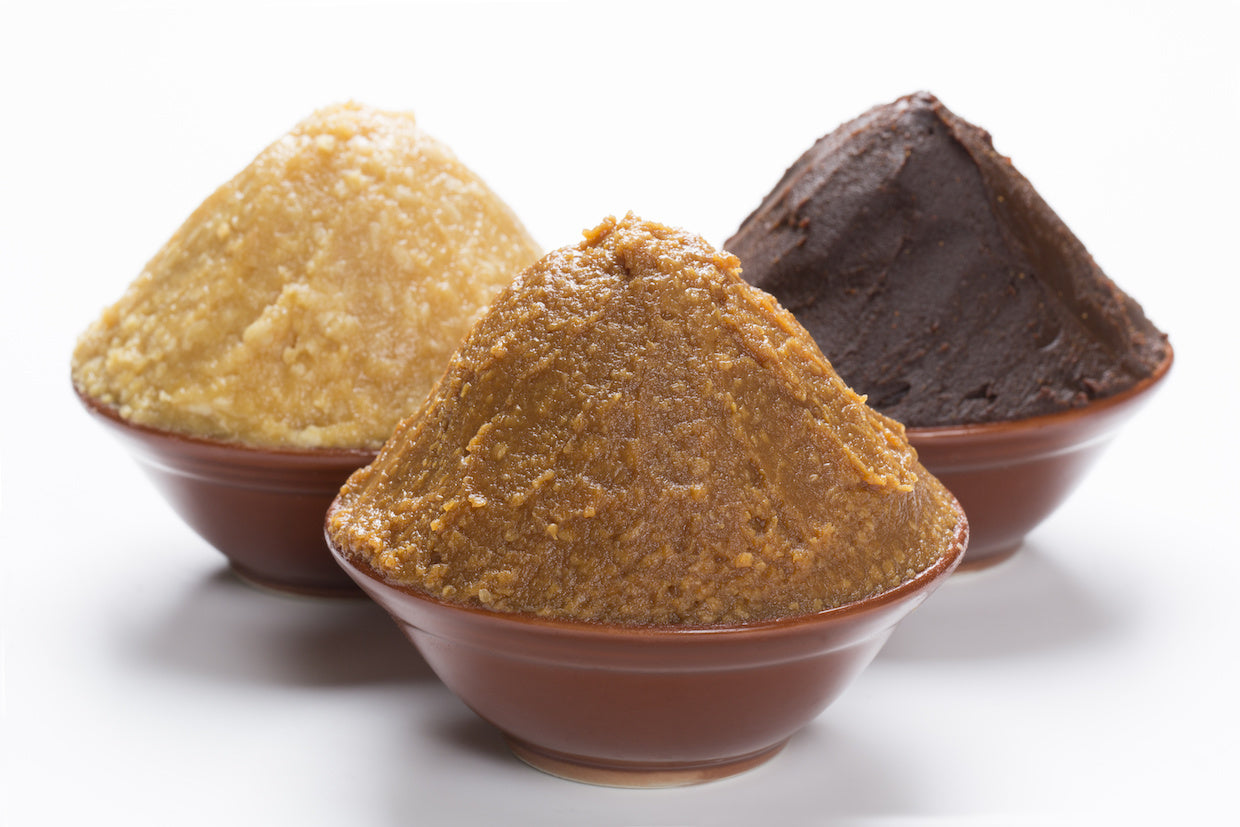Longan Fruit: Health Benefits, Nutritional Profile, and Side Effects
The fruits of the longan tree, also known as "dragon eyes" because of their round shape and small size, are a highly valued fruit in Asian cuisine due to their sweet and fragrant taste, as well as their medicinal properties.

in this blog
What is Longan?
Longan (Dimocarpus longan) is a small, round, sweet, watery fruit that is very similar to the lychee fruit. It has a thick, yellowish-brown shell, also known as the pericarp, which hardens as it ages.
When young and fresh, you can peel the pericarp to get a translucent, white, watery pulp that embeds a large black seed, almost like an eye. You need to separate the seed to eat it. However, the seeds can also be processed to obtain essential oils and extracts.
These super delicious tropical fruits from the Sapindaceae family are widely grown in Vietnam, Thailand, Taiwan and China. Locals use longan in sorbets, jellies, salads, desserts, and puddings.
But the longan is not just another exotic fruit from South Asia, as it has been used for many years in traditional medicine.
Let's explore the different ways that longan can support your body and take care of it to keep it healthy.
What are the benefits of eating Longan?
1. It has anti-cancer effects
Longans have high levels of polyphenols . Polyphenolic compounds like gallic acid scavenge stress-causing free radicals and toxic intermediaries that can cause cancer. The fruit, flower, and seed are equally potent antioxidants.
Traditional Chinese medicine has used longan seed extracts that interfere with DNA synthesis and suppress undesirable oncoproteins in tumors, in turn destroying them.
Therefore, consuming longan fruit or seed extract powders can systematically inhibit breast, colorectal, liver, lung, and cervical cancer cells.
2. It has anti-inflammatory effects
Asians used longan fruit pulp to treat wounds, allergies, flu and other inflammatory diseases.
The pericarp (outer layer), pulp, and seeds have anti-inflammatory phytochemicals such as gallic acid, epicatechin, and ellagic acid.
These compounds inhibit the production of pro-inflammatory chemicals like prostaglandins, histamines, nitric oxide, and tissue necrosis factor (TNF) in your body.
Additionally, due to the abundance of vitamins B and C, longans promote healing and treat chronic inflammatory conditions such as edema, GERDi, irritable bowel disease (IBS)i, skin allergies, wounds, burns, psoriasis, and Crohn's disease. .
3. Treats anemia and iron deficiency
Longan extracts, along with other native herbs, are used in traditional Chinese medicine to cure intractable anemia, thrombocytopenia, and other blood-related disorders. It was identified that urban women did not maintain the WHO recommended level of iron in their diets.
Dried longans contain 1.5 mg of iron per ounce. Having longans in your flan or fruit salad will increase the platelet count and hemoglobin concentration, especially in women who are menstruating and pregnant.
4. Gives young and glowing skin
Phytochemicals have always been the best solution to treat various disorders, and longan has them in abundance.
Bioactive compounds such as corilagin, gallic acid and ellagic acid in dried longans possess the highest free radical scavenging activity. The fruit also has antityrosinase activity and can therefore prevent the onset of cancers.
Consuming such a potent antioxidant can give you clean, glowing, blemish-free skin with a reduced risk of developing photosensitivity or skin cancer.
5. Reduces stress and treats insomnia
Commercially available medications to treat insomnia that target GABA receptors, histamine receptors, and other active sites in the brain have temporary benefits and long-term side effects. Longan leaves and pulp have bioactive compounds that suppress levels of neurotransmitters that cause anxiety, insomnia, and stress.
Research from 2014 claims that longans, in combination with other hypnotic derivatives, can increase the rate of sleep and sleep duration. This fruit can also improve learning and memory by increasing the immature neuronal survival rate.
did you know
|
Although the mechanism is yet to be understood, it doesn't hurt to start eating this fibrous, fleshy, sweet and spicy little fruit for all the health benefits it can provide.
And when you look at the longan's nutritional profile, you have even more reason to love this deliciously sweet and musky fruit. Check it out!
| CALORIE INFORMATION | ||
|---|---|---|
| Quantities per selected portion | %DV | |
| calories | 1.8(7.5kJ) | 0% |
| of carbohydrates | 1.6(6.7kJ) | |
| Of fat | 0.0(0.0kJ) | |
| of protein | 0.1(0.4kJ) | |
| of alcohol | ~(0.0kJ) | |
| CARBOHYDRATES | ||
| Quantities per selected portion | %DV | |
| Total carbohydrates | 0.5g | 0% |
| Dietary fiber | 0.0g | 0% |
| Starch | ~ | |
| sugars | ~ | |
| FATS AND FATTY ACIDS | ||
| Quantities per selected portion | %DV | |
| full fat | 0.0g | 0% |
| Saturated fat | ~ | ~ |
| monosaturated fat | ~ | |
| polyunsaturated fat | ~ | |
| Total trans fatty acids | ~ | |
| Total trans-monoenoic fatty acids | ~ | |
| Total trans-polyenoic fatty acids | ~ | |
| Total omega-3 fatty acids | ~ | |
| Total omega-6 fatty acids | ~ | |
| PROTEINS AND AMINO ACIDS | ||
| Quantities per selected portion | %DV | |
| Protein | 0.0g | 0% |
| VITAMINS | ||
| Quantities per selected portion | %DV | |
| Vitamin A | ~ | ~ |
| Vitamin C | 2.5mg | 4% |
| Vitamin D | ~ | ~ |
| Vitamin A (alpha tocopherol) | ~ | ~ |
| vitamin K | ~ | ~ |
| thiamine | 0.0mg | 0% |
| Riboflavin | 0.0mg | 0% |
| Niacin | 0.0mg | 0% |
| Vitamin B6 | ~ | ~ |
| folate | ~ | ~ |
| B12 vitamin | 0.0 mcg | 0% |
| Pantothenic acid | ~ | ~ |
| Hill | ~ | |
| Betaine | ~ | |
| MINERALS | ||
| Quantities per selected portion | %DV | |
| Calcium | 0.0mg | 0% |
| Iron | 0.0mg | 0% |
| Magnesium | 0.3mg | 0% |
| Match | 0.6mg | 0% |
| Potassium | 8.0mg | 0% |
| Sodium | 0.0mg | 0% |
| Zinc | 0.0mg | 0% |
| Copper | 0.0mg | 0% |
| Manganese | 0.0mg | 0% |
| Selenium | ~ | ~ |
| Fluoride | ~ | |
How to eat Longan fruit?

This fruit is extremely easy to eat. All you need to do is remove the shell or paper-thin skin from around the meat.
You can dig with your fingernail or give the fruit a small pinch to open it. Then remove that shell. There is a small smooth hole in the middle. Which can be seen through the smooth, translucent flesh.
Put it in your mouth and eat around the seed.
What does the longan taste like?
Longan fruit is very juicy, mostly water, and has a high natural sugar content, making it very sweet. The translucent pulp has the consistency of a grape and also tastes like a grape. There are also tropical flavors, with a touch of musk/funk. But the musky taste is not unpleasant.
If you have ever tried Rambutan or Lychee, these taste similar to those with slight differences. I would say it tastes a bit closer to lychee.
What are the side effects of eating Longan fruits?
Not many side effects of binging on longans have been documented. But there is a chance that you could be allergic to longan. However, the chances are very low. The key is the serving size.
But there is one concern that stands out:
High in carbohydrates and sugar
People with diabetes should not consume longans. Although it boosts your immunity due to its high levels of vitamins C and B, what is alarming is the sugar content.
Each ounce of raw longan has about 20.7 g of carbohydrates. This could increase blood glucose levels in susceptible people.
You can try other low-carb alternatives like melons, camu camu, and berries to get your dose of these vitamins and minerals.
Frequent questions
Can I eat longan fruit when pregnant?
Food taboos around the world say no to "hot and wet" foods like mangoes, lychees, pineapple and shrimp during pregnancy.
Such foods increase the internal heat of your body, causing problems in the fetus and during delivery. Traditions in Eastern and African countries prohibit the consumption of such foods.
Since research has not yet shown this, you should consult your doctor about having longans while you are pregnant or nursing your child.
How long does it take for a longan tree to bear fruit? What is the best season?
Seedling trees can take up to 6 years to bear fruit, while aerial layer trees can bear fruit 2-3 years after planting.
The main flowering season for longans is February/March through April and early May. Harvest is generally during June, July or August.
However, some cultivars produce flowers out of season and the fruits are harvested 3 to 6 months later.
Is longan good for high blood pressure?
Yes, longan fruit is rich in potassium and can help reduce high blood pressure.
Is longan acid or alkaline?
Logan is alkaline when fresh, but can become acidic when dried or processed.
Can I eat longan during my periods?
Yes, drinking longan tea or eating longan during menstruation can nourish the blood as it is rich in iron. The fruit can also help reduce menstrual cramps.






Leave a comment
All comments are moderated before being published.
This site is protected by hCaptcha and the hCaptcha Privacy Policy and Terms of Service apply.